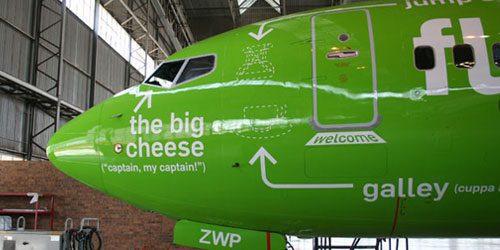It weighs and costs more, but it looks good and stands out: blue is in fashion in the skies
At the dawn of the so-called 'jet age,' that is, the era of jet airplanes, the 'must' in livery was that [...]
At the dawn of the so-called 'jet age,' that is, the era of jet airplanes, the 'must' in livery was what is known in English as a 'cheatline': a long stripe, more or less thin, running from the muzzle to the tail Of aircraft at the height of the passenger cabin portholes.
In this article:
The cheatline
They had it, the 'strip', Alitalia, Swissair, Sabena, KLM, Iberia, TAP Portugal, Aer Lingus, British European Airways, Air France, Austrian, Lufthansa, Olympic, Finnair and SAS in Europe; American, Delta, United, Pan Am, Twa and Air Canada in North America. Japan Airlines, Cathay Pacific, Thai and then also Singapore Airlines in Asia; Qantas and Air New Zealand in Oceania; Varig in South America; Royal Air Maroc and South African Airways in Africa. Just to say how authentically global that style was.
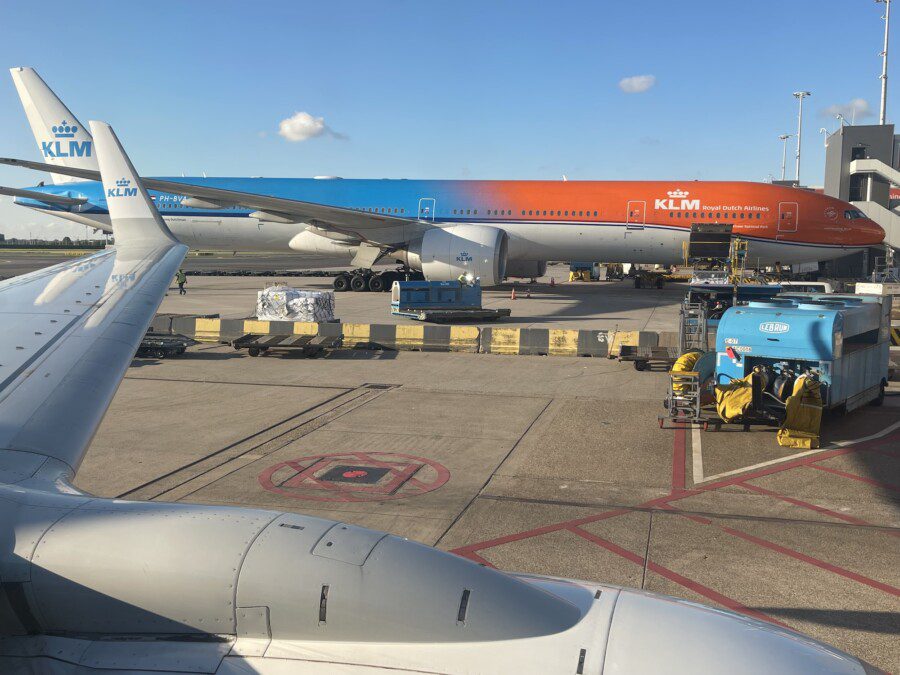
The first to deviate, in part, from that format was the Dutch KLM which starting in 1971 painted the upper part of the fuselage light blue, while retaining the dark blue 'cheatline' along the portholes to separate the lower part of the nacelle, which was painted gray (in 1974 Ireland's Aer Lingus followed in its own way, painting the upper part of the fuselage dark green).
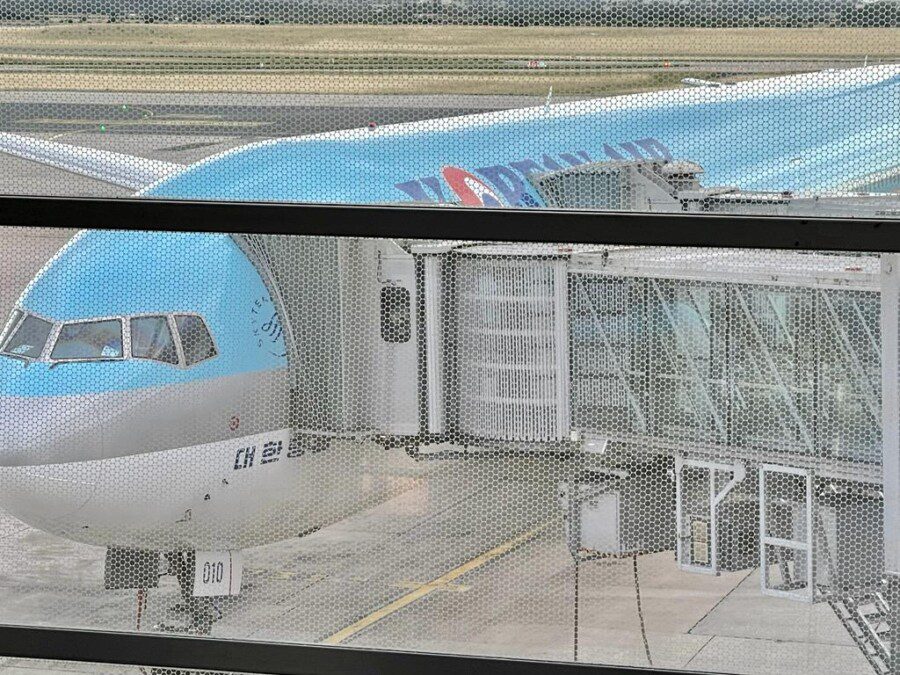
At the opposite end of the Eurasian continent, in 1984 it was Korean Air that followed in the footsteps of KLM coloring the tops of his planes blue, albeit a lighter shade than the Dutch.
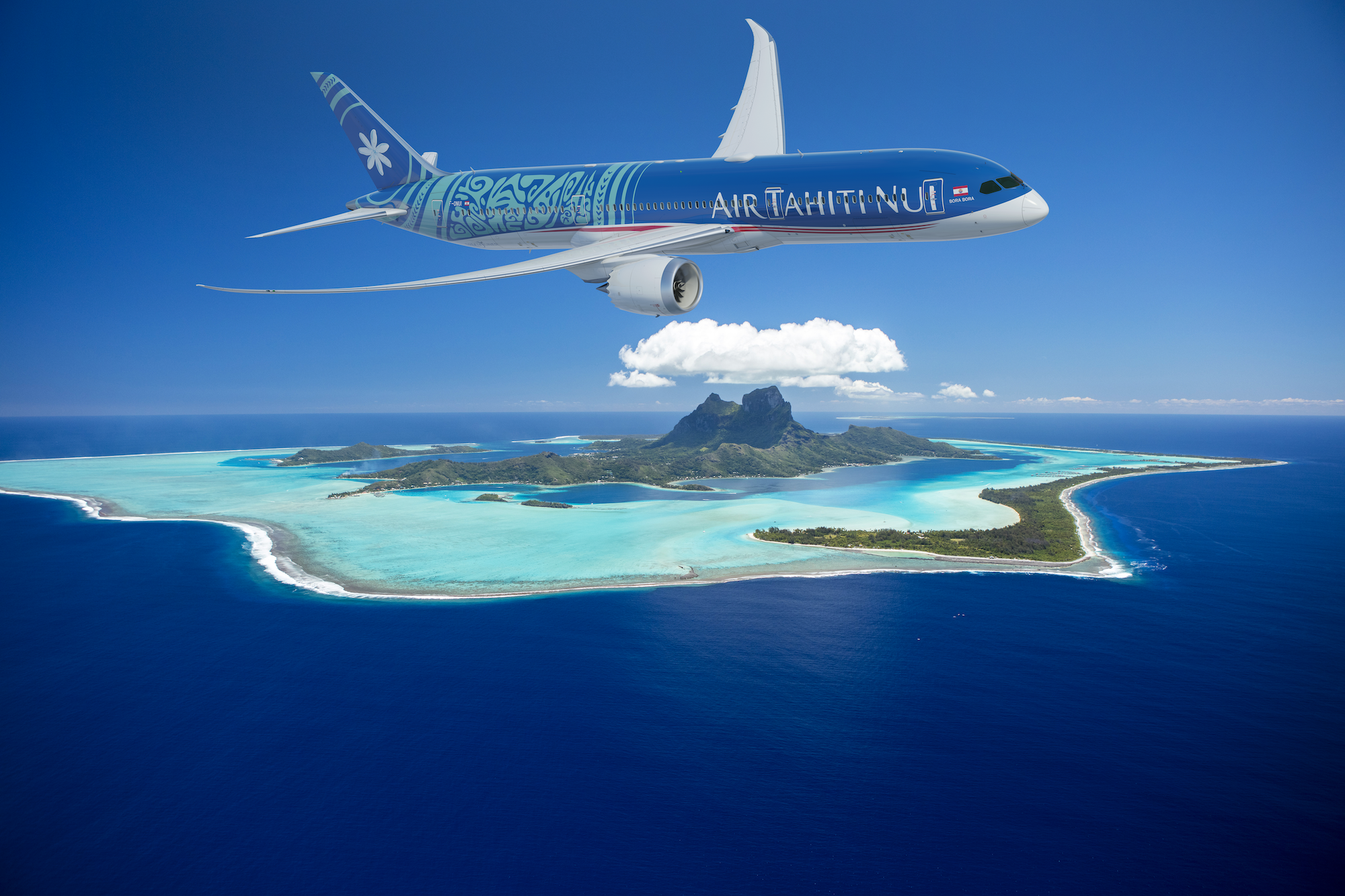
And a dozen years later blue appeared on the Airbuses of Air Tahiti Nui, the national airline of paradise in the Pacific.
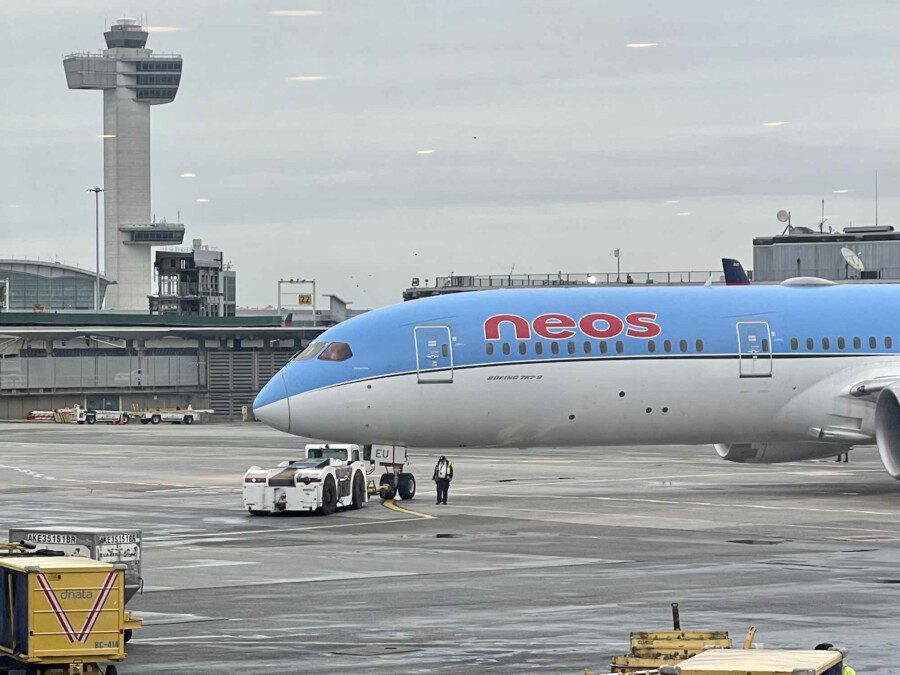
In Italy, Neos also made a name for itself through its highly recognizable aircraft with light blue fuselages, similar to those of Belgium's Tui Fly.
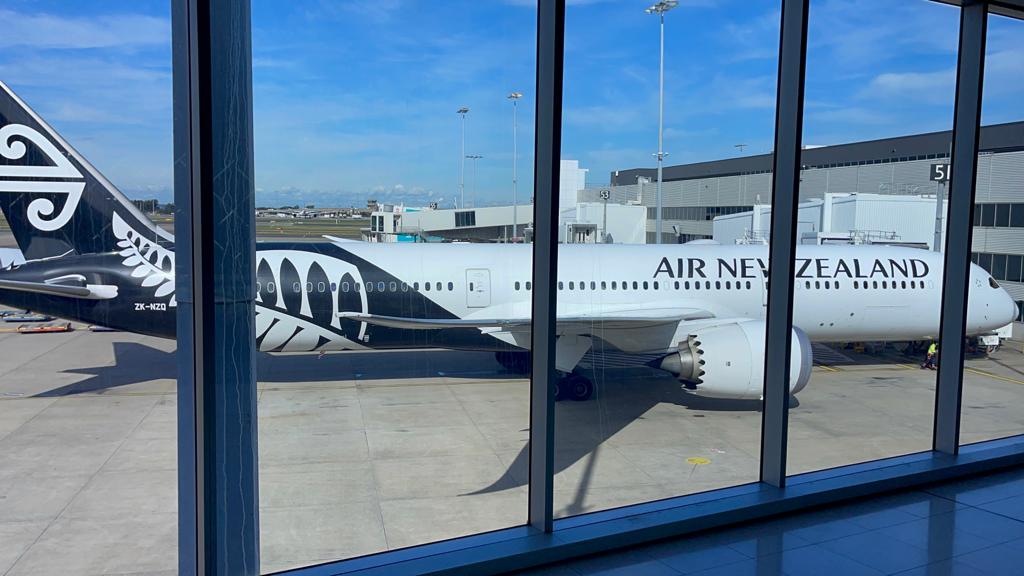
The Eurowhite
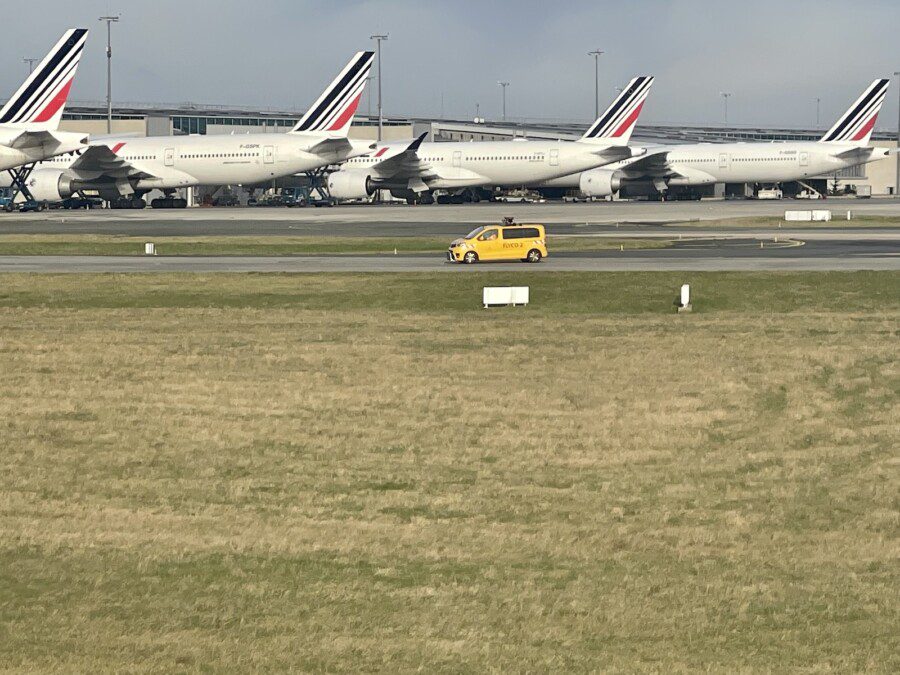
Elsewhere, with very rare exceptions (Air New Zealand's all-black, United's gunmetal-gray, Northwest Airlines' silver those most significant), when the 'cheatline' went out of fashion during the first decade of the new Millennium) was replaced by what was christened as 'Eurowhite', i.e., the tendency on the part of so many (especially European) airlines to paint their planes almost entirely white, with the sole exception of the logo at the tail and, in some cases, the company's own name in large letters along the fuselage.
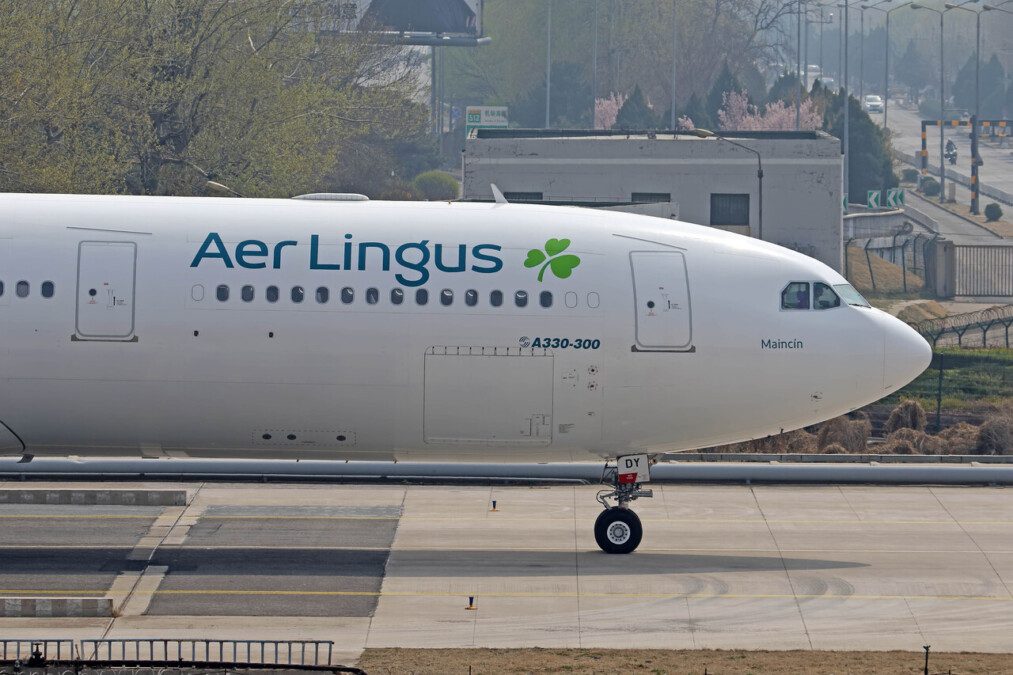
Even Aer Lingus, a few years ago, ditched the green (which is the national 'color' in Ireland) to join the squadron of 'flying ghosts'.
In the blue painted blue
In the past two years, however, color seems to have returned. Or rather, one color: blue/blue in its various shades. The first had been in May 2021 the American Breeze, the latest creation of airline guru (he founded five during his lifetime) David Neeleman.
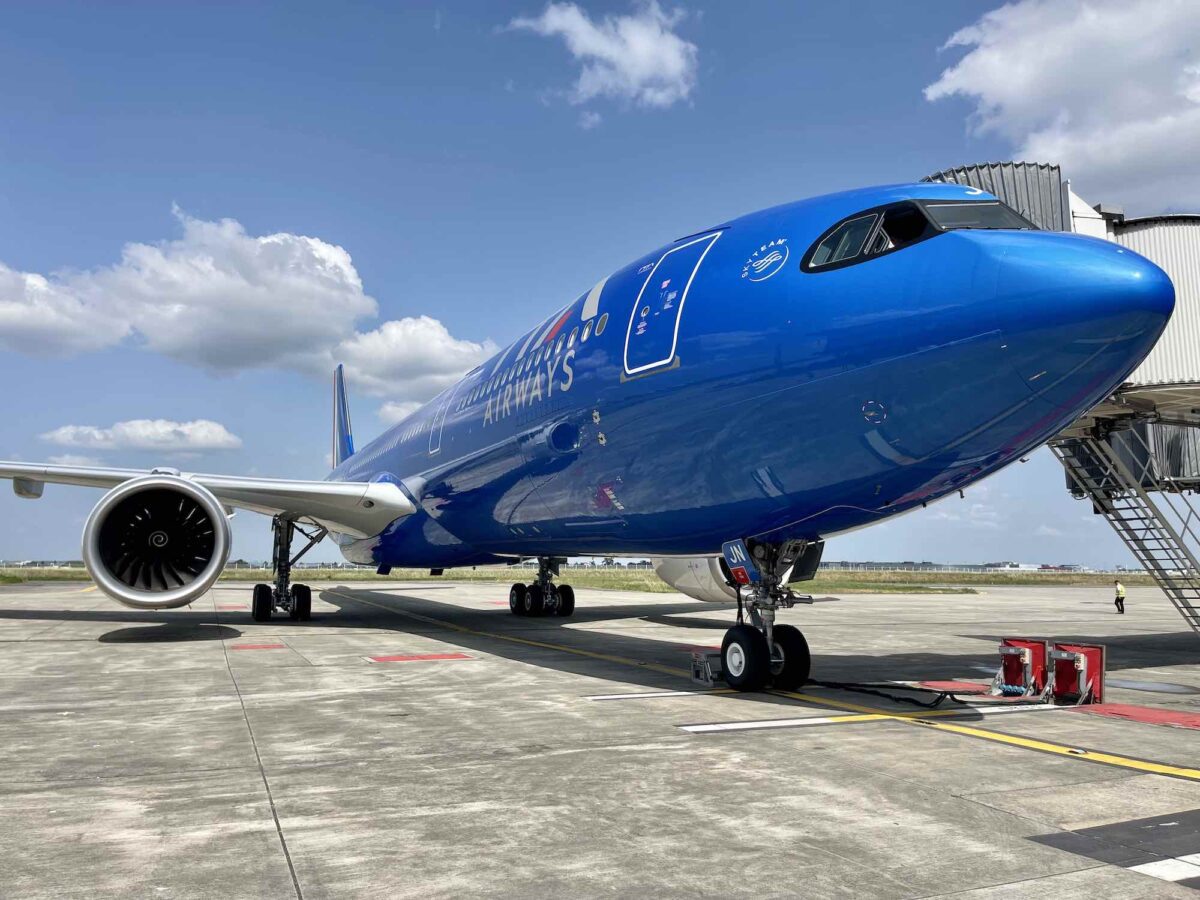
But we Italians like to think that the one who launched the blue trend was. In 2022, ITA Airways with its planes painted entirely in 'Savoy Blue'. So beautiful (especially the wide-body ones) and so recognizable that they became iconic in a very short time.
And because Italy has always been in fashion, here are two more blue liveries popping up in 2023. So much for those who say that 'color' makes aircraft heavier (and therefore more 'expensive' in terms of fuel) and is also more expensive to apply.
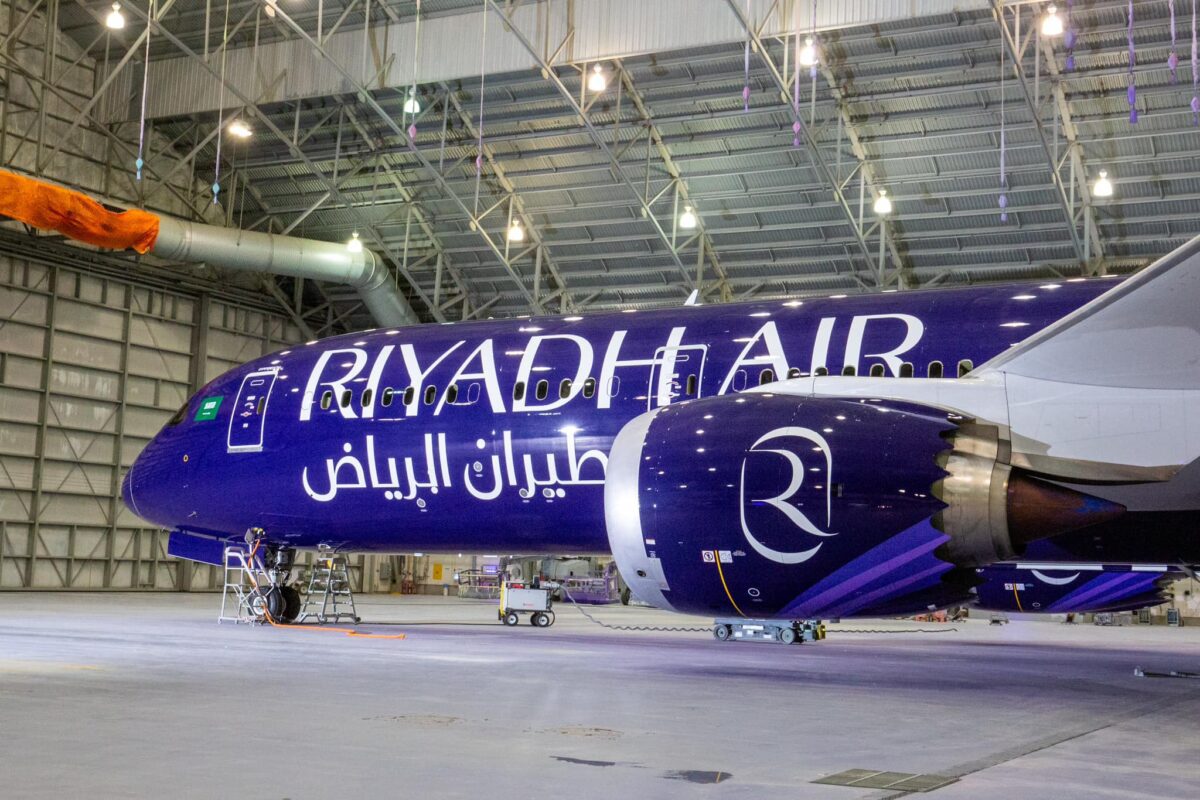
One is the magnificent one unveiled a few days ago by the new Saudi carrier Riyadh Air: a dark blue with purplish highlights.
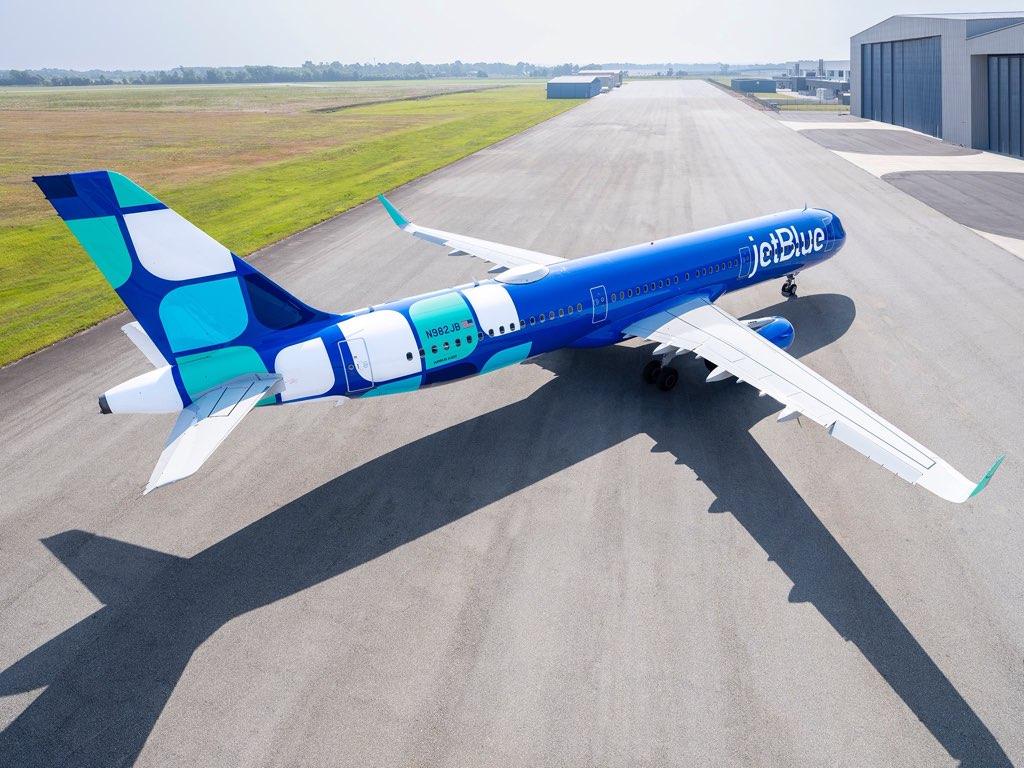
The other, less solemn but sure impact, the one shown to the world Wednesday by theAmerican JetBlue. Volare, in the blue and paintings of blue. Domenico Modugno sang it (more or less) as early as 1958. When in the skies the 'last cry' as far as corporate branding was the 'cheatline' .
- 6,000 Mile Registration Bonus
- Collect miles WITH EACH PURCHASE
- Your miles with no expiration*
- No fees for ATM withdrawals and foreign purchases
- Without having to change banks
- Autonomous card activation
- Multi-function mobile application
- Free travel insurance
- Free credit for up to 7 weeks
- Contactless Payment
- Mastercard® SecureCode


